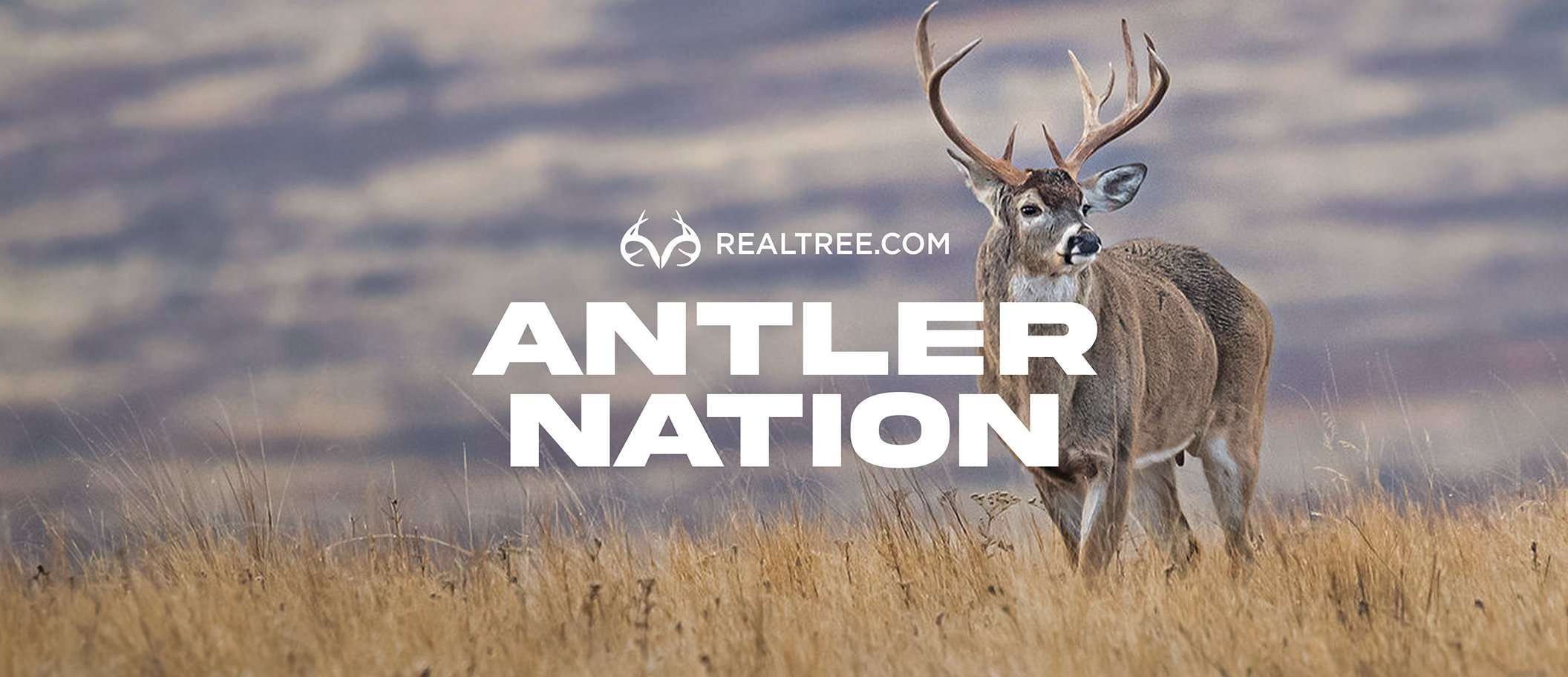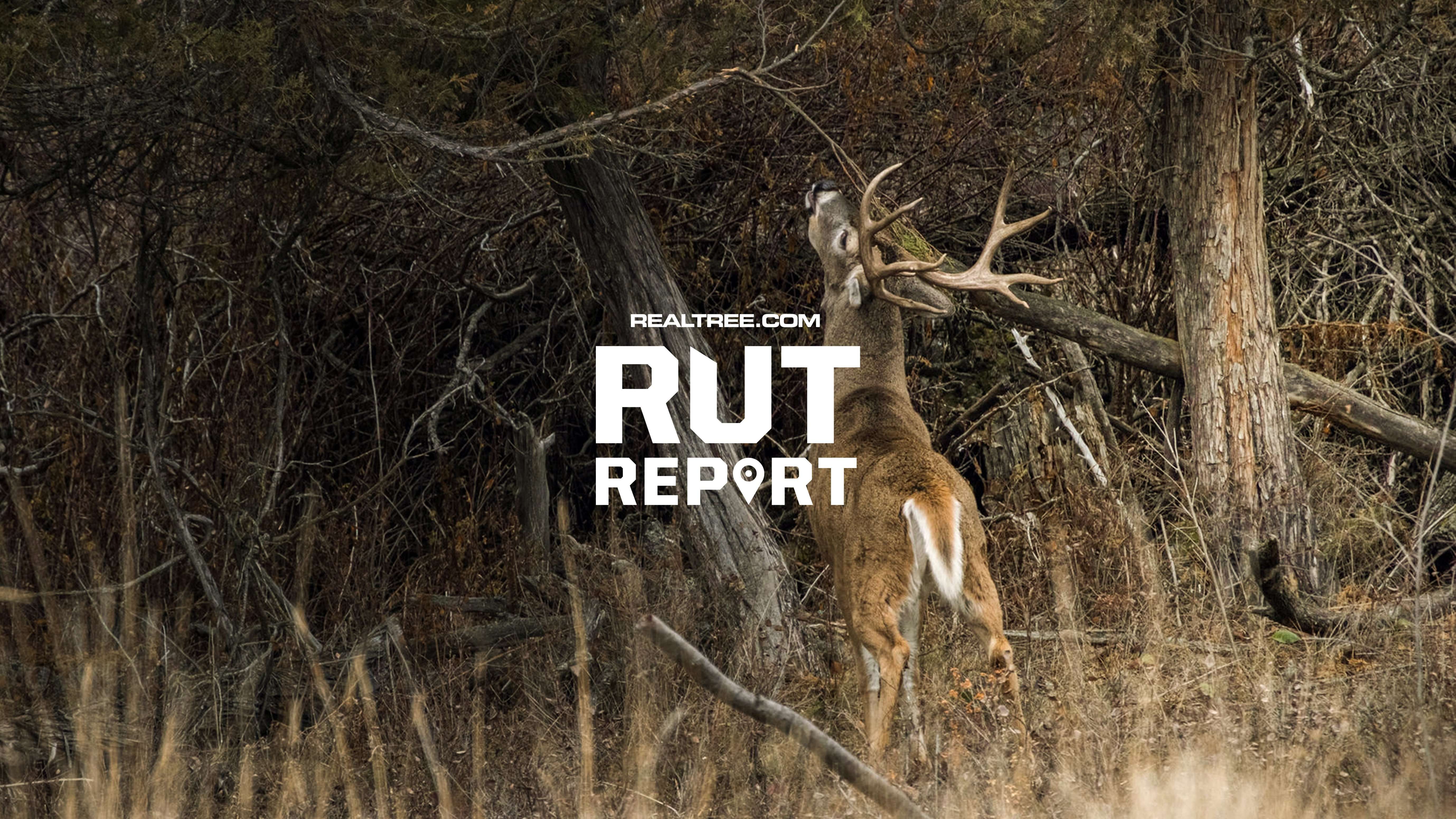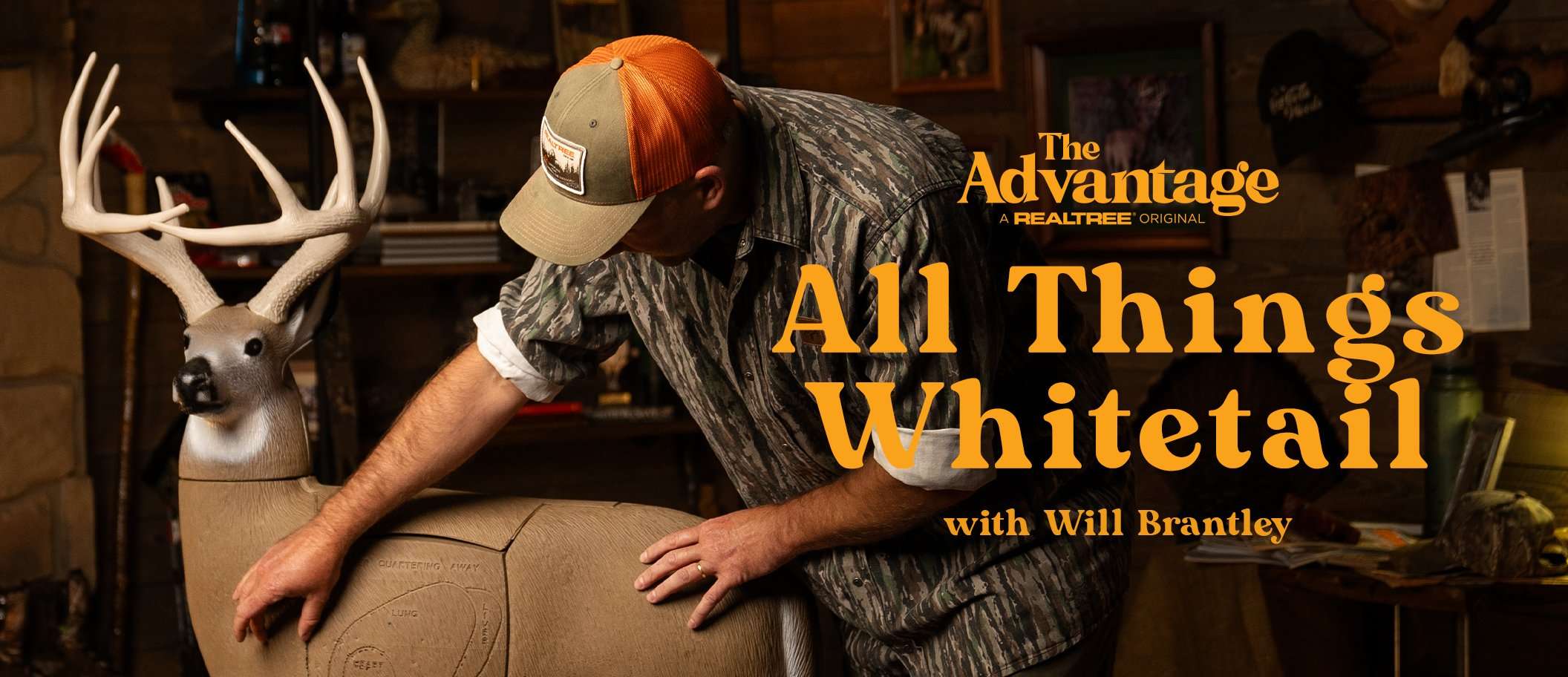Spring is finally here, and big winter turkey flocks are breaking up. Gobbling and strutting activity is on the rise in Wisconsin, Ohio, Nebraska, and Kansas
| Strut Report Details | |
|---|---|
| Strut Stage: | Pre Strut |
| Temperature: | 51 to 60 degrees |
| Precipitation: | None |
| Wind: | 10 - 15 mph |
| Cloud Conditions: | Partly Cloudy |
| Food Sources: | Crop fields |
| Gobbling Activity: | Gobbling at daylight and then tapering off |
| Strutting Field Activity: | Toms strutting together at all hours of the day |
| Hen Gobbler Activity: | Gobblers, jakes and hens are still together in winter flocks |
| Seen Any Poults Yet: | Not yet |
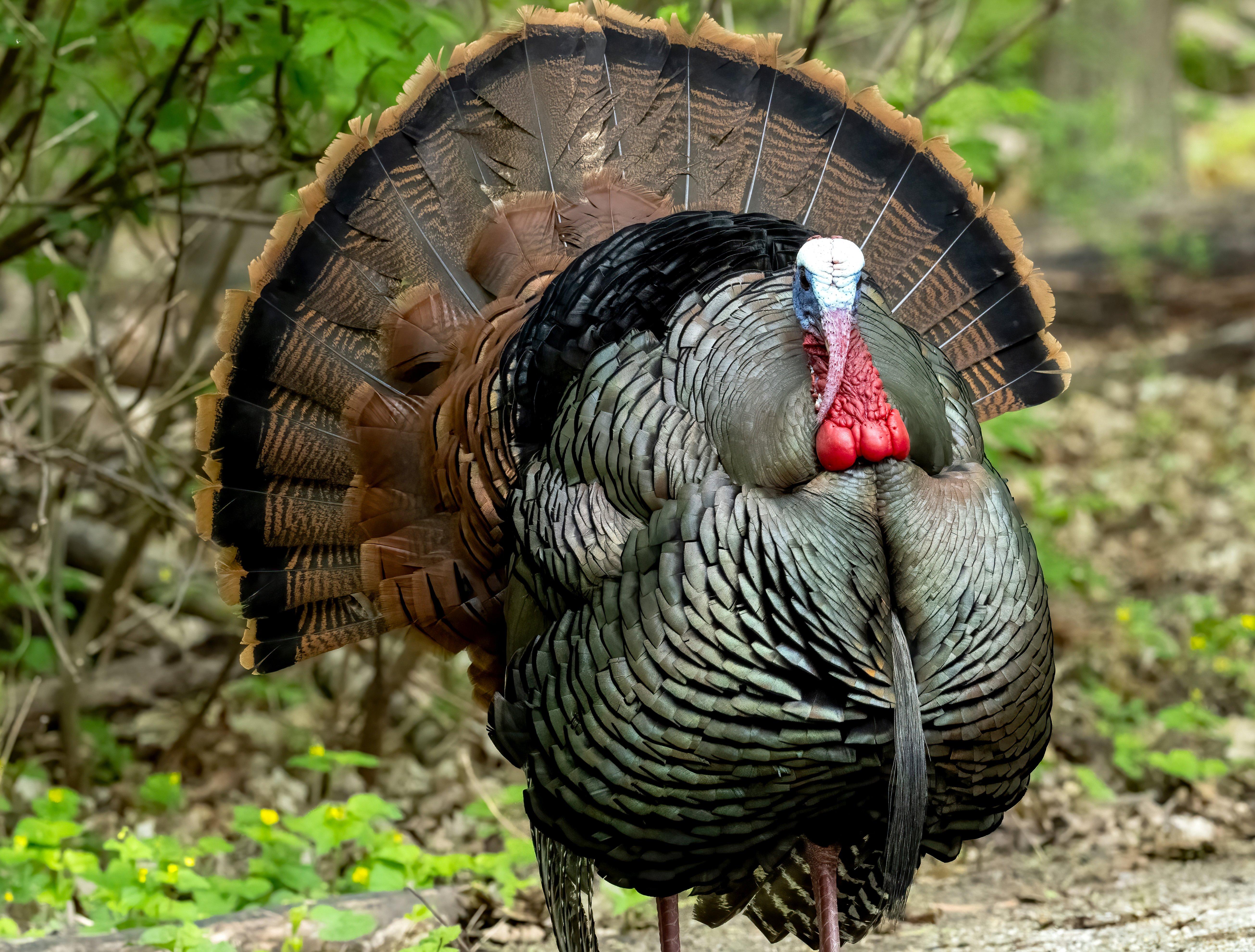
It’s finally beginning to look like spring, and the gobblers are getting frisky. Photo by FotoRequest.
For turkey hunters, it’s either go-time or about to be across most of the Northern U.S. and Midwest. We’re glad to see it. March mostly looked (and felt) more like winter than spring, with cold temperatures and at least three different winter-storm events transpiring within a few weeks. The good news: Conditions have finally straightened out, and the gobblers are feeling their oats.
In Ohio, where the Southern Zone season opens on April 19, Bryan Dawes of Brushy Fork Outfitters reported, “I’ve been seeing toms busted off their flocks with four or more strutters running together in packs throughout the day, but they seem to be stuck to the hens right after fly down. We’re looking forward to getting in the 100-yard bubble of their roosts and calling and decoying. The opener always seems to be our best time to be loud and proud. I anticipate that we’ll be competing with live hens, but putting our decoys inside their bubble should intrigue the gobblers and pull them in.”
Don’t Miss: Southern Gobbler Action Improving After Stormy Weather
Nebraska’s archery-only hunt opened March 25, with shotgunners hitting the woods April 12. Joel Burham of Whitetail Fit, a Nebraska resident, offered some input about Nebraska’s turkey happenings. “Birds are hammering on roost,” he said of his recent bowhunts. “It makes them fairly easy to put to bed. The turkeys are still fairly flocked up; it’s challenging to pull gobblers off their flocks right after fly down.
“A good strategy right now is to position yourself in areas the birds go around mid-morning,” he continued. “This isn’t their initial fly-down location but more so where they end up around 9 a.m. Look at open ag fields, hay fields, grassy knobs, etc. Often, the toms will separate from the flocks to explore around mid-morning. If you’re already in these zones and can get a bird to strike, you’ll be in a great position to kill him. I’ll be using a jake decoy over a lay-down hen decoy.”
Josh Sparks of Midwest Whitetail, who recently bow-killed a stunning Nebraska gobbler, shared similar input. “Big flocks posed challenges, but like most turkey-hunting scenarios, getting inside their bubble proved effective,” he explained. “We slipped into a known roosting area and let the show unfold. I used a jake decoy and lay-down hen decoy. It didn’t fail; we got an opportunity, and I made the shot.”
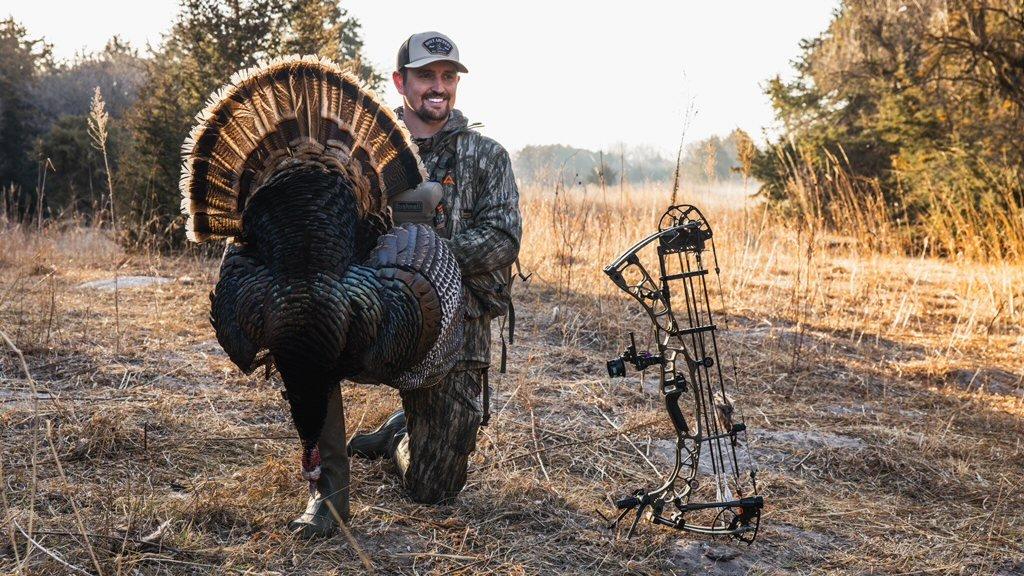
Midwest Whitetail’s Josh Sparks is all smiles behind a mature gobbler he nabbed from a large flock by setting up close to the roost with a jake decoy next to a lay-down hen decoy. Photo courtesy of Josh Sparks.
I’m currently beginning a hunt in Southwest Nebraska, so I’ll include input from here in next week’s report. I expect the big flocks that Burham and Sparks referenced will be divided up due to spring’s progression and shotgun-hunting pressure.
Don’t Miss: 3 Ways to Go Fishing and Get Paid for It
Last week, I scouted in Central Wisconsin and even did some hunting via crop-damage permits. One morning, I called up two gobblers, which were gobbling hard on the ground about 45 minutes after daylight. They came in on a string to a few hen yelps but held up at 45 yards, unwilling to address my strutter decoy. I easily took one of them with my Benelli 12-gauge stoked with Federal Custom Shop TSS loads. I expect that calling and decoying, especially with a jake-and-hen decoy combo, will be highly effective for Badger State gobblers this week during Wisconsin’s time period A.
Kansas archery hunters have been at it for about a week, and Sunflower State shotgun hunters are just getting started. Outfitter Joe Conyers of Conyers Outdoors in Cuba, Kansas, explained that turkeys are still in large flocks and that he’s seeing strong bird numbers due to recent tag cuts and the elimination of fall hunting. “They’re gobbling hard on the limb, then going quiet,” Conyers detailed. “Key hunting tactics will be fighting calls along with gobbler fans and decoys. Another option is to position yourself perfectly where they fly down.”
Check Out Our Latest Camo Pattern: Realtree APX
With the weather forecast looking decent to great across most of the region, it should be a phenomenal week of turkey hunting. As Dawes and Sparks suggested, getting close to roosting areas with a jake-and-hen decoy combo will be the key for larger flocks. If that doesn’t work, calling around mid-morning in areas where toms are likely to roam once they break away from the hens should be a solid backup plan.
Good luck, and check back right here next week for more turkey intel from across the Northern U.S.




